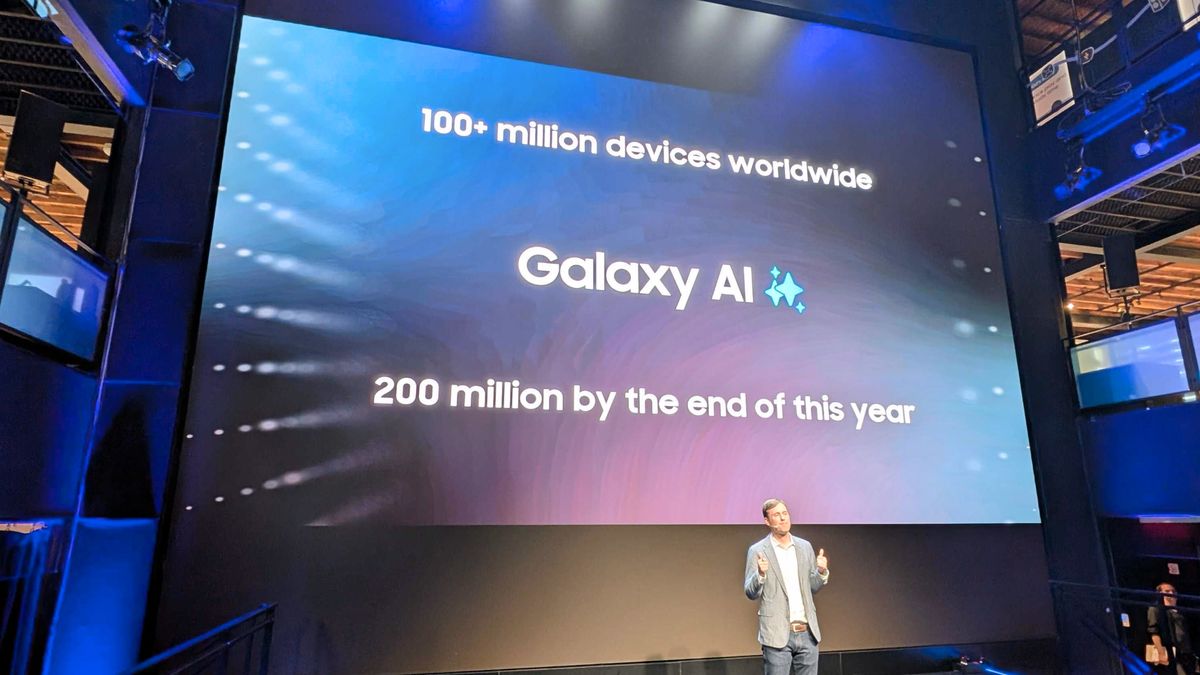NASA said on Thursday that it is studying the durability of transistors on a $5 billion spacecraft to Europa, Jupiter’s ocean moon, which has led to concerns about the spacecraft’s ability to function as originally planned in the heavy radiation around the solar system’s largest planet.
The equipment issue on the spacecraft could result in a lengthy delay of the mission, Europa Clipper, which NASA classifies as “flagship,” a designation for its most scientifically significant endeavors. Experts say that if the spacecraft launches in October, as scheduled, it may fall short of its scientific objective of assessing whether anything could live on Europa.
At issue is the ability of the transistors, the electric switches that are the building blocks of computer chips and other electronics, to resist the powerful radiation of the Jovian system.
Space is awash in radiation caused by forces such as cosmic rays and solar eruptions, and every spacecraft requires some level of radiation protection. But Europa orbits inside a particularly perilous region of space called the Jovian radiation belt, where conditions can be over 50 times more radioactive than those found around Earth.
There is the total ionizing dose, which builds up over time, and the flux dose, or surges in radiation. Radiation can corrupt data in a spacecraft’s computer, cause short circuits, disrupt voltage levels and fry electronics. To mitigate this, spacecraft builders can put shielding around sensitive, exposed parts; build “radiation vaults” that house key technologies; or use radiation-hardened parts, such as the chips that have now drawn concern.
On May 3, engineers at NASA’s Jet Propulsion Laboratory, in Pasadena, Calif., the primary manufacturer of the spacecraft, learned from a “non-NASA customer” that vital, radiation-resistant chips failed when tested at radiation levels “significantly lower” than they were supposed to. Jordan Evans, the Europa Clipper project manager at the lab, presented the problem last month at a meeting of the Space Studies Board, a committee of the National Academies of Science that advises NASA.
Characterizing the spacecraft’s newfound vulnerability to radiation is “an ongoing activity,” he said. “We’ve got time to continue this work while getting ready for launch.”
The flawed chips in Europa Clipper are called metal-oxide-semiconductor field-effect transistors, or MOSFETs.
“We’re seeing some of these MOSFETs fail at lower radiation levels” than the prevailing environment around Europa, Shannon Fitzpatrick, the head of flight programs for NASA’s Planetary Science Division, said during a meeting of the Planetary Science Advisory Committee, a group of outside researchers who advise NASA, this week. She also said in the meeting that engineers had not yet solved the issue.
The chips currently in Europa Clipper are manufactured by Infineon Technologies, a German semiconductor firm. They are also used in military spacecraft. An Infineon spokesperson declined to comment on “actual or potential customers,” but said that the company has “stringent processes in place to ensure compliance with all relevant quality and performance standards for our products.”
All spacecraft that have visited Jupiter have had to contend with the planet’s radiation. But the Europa Clipper mission can study the key mysteries of Europa’s ocean, ice and interior only by getting up close and plunging headlong into the moon’s radioactive morass.
Engineers at the Jet Propulsion Lab and the Johns Hopkins University Applied Physics Laboratory spent more than 20 years designing a Europa spacecraft and flight path to withstand that radioactive environment. To minimize exposure, for instance, the spacecraft will orbit Jupiter, instead of Europa directly, buzzing the moon every few weeks at different angles, and at distances as close as 15 miles.
Across its intended four-year mission, Europa Clipper would capture 90 percent of Europa’s surface in extremely high detail with this plan.
The spacecraft and its specialized suite of scientific instruments are designed to determine whether Europa is habitable to alien life-forms. Europa is about the size of Earth’s moon and wrapped in an ice shell. Beneath that ice is an ocean with two times more liquid saltwater than is found on Earth. For four billion years, that ocean has interacted chemically with its warm, rocky seafloor, and with organic material delivered by comets and asteroids. The radiation could sustain life-forms by oxidizing Europa’s ocean.
But the only way to know is for Europa Clipper to endure repeated baths of punishing radiation.
This month at the Jet Propulsion Lab a “tiger team” dedicated to studying the chips will share preliminary results with the mission’s scientists and engineers. They are modeling how long the spacecraft could survive around Europa if launched as is.
“The tiger team is carrying out an extensive test program,” and is working in collaboration with experts at NASA’s Goddard Space Flight Center in Maryland and the Johns Hopkins University Applied Physics Laboratory, Ms. Fitzpatrick said.
“We still have time to work this risk,” she said.
The team and lab management must then make a formal recommendation about what to do with the spacecraft.
If engineers cannot confirm that the spacecraft would survive its mission as designed, Dr. Bolton said, NASA leadership may have to reconsider the plan for the mission or change its launch schedule.
Because it is expected that Europa Clipper would take more than five years to reach Jupiter after an October launch, engineers at the Jet Propulsion Lab would have time to find ways to salvage some of the mission’s science, likely through different trajectories that avoid the worst of the region’s radiation, among other strategies. But the data they return in that scenario may fall short of what scientists sought.
Alternatively, NASA could delay the launch of the spacecraft and return it to the J.P.L. Bill Nelson, the NASA administrator, has the final authority to postpone the mission.
If duplicates of the chips exist in large enough quantities, engineers could replace them, a process that is straightforward, though painstaking. The spacecraft would need to be disassembled, with engineers pulling circuit boards, using tweezers and magnifying glasses to open solder joints, removing the old chips and installing new ones. It could take several months to a year.
If such chips are limited in number, engineers may instead have to use substitutes from other vendors, necessitating a complete re-evaluation of the spacecraft. It could take years.
Any delay, however frustrating, may at least yield a spacecraft fully capable of answering questions about Europa that have inspired a generation of planetary scientists.
David W. Brown is the author of “The Mission,” a book about the quest to send a spacecraft to Europa




















Discussion about this post